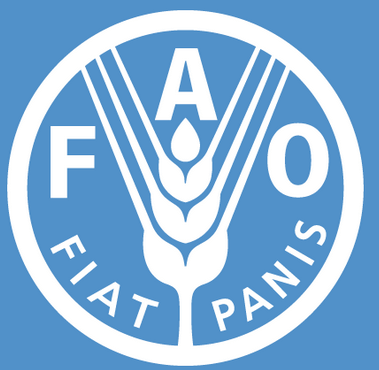Research recommends FAO’s thiaroye technique as good for smoking fish
 A research conducted by the University of Ghana and the Ghent University in Belgium has recommended the Food and Agriculture Organisation’s (FAO)-Thiaroye Technique (FTT-Thiaroye) as best for smoking fish for consumption.
A research conducted by the University of Ghana and the Ghent University in Belgium has recommended the Food and Agriculture Organisation’s (FAO)-Thiaroye Technique (FTT-Thiaroye) as best for smoking fish for consumption.
The research funded by the FAO demonstrated that the efficacy of the FTT to reduce PAH health risk with smoked fish consumption would be accepted by consumers.
Mr Kennedy Bomfeh, a PhD Candidates presenting the research finding at a dissemination workshop on “improving the safety of smoked fish in Ghana through the use of FAO-Thiaroye Technique”, said smoked fish on informal markets have high Polycyclic Aromatic Hydrocarbons (PAHs) levels that contribute to cancer risk for consumers.
The research is to determine the effect of smoking kiln type on PAH levels; metal drum versus Chorkor versus FTT, to determine the effects of smoke fuel type on PAH levels; tthrough wood fuel and charcoal, to determine the effects of FTT parts on PAH levels and risk assessment for PAH.
It is also to assess the efficacy of FTT to reduce PAH health risks associated with smoked fish consumption.
In December 2014, the FAO in collaboration with the SNV Ghana launched the FTT in Ghana to address the PAH problem and this was built on the strengths of existing improved kilns such as the Chorkor smoker.
He said FTT yields safe products, whereas, traditional kilns yield products that posed PAH risk and regardless of wood type used, traditional kilns yield unsafe products.
“Using woods as fuel in FTT yields unsafe products,” he added.
He said consumers may be protected from PAH health risks associated with smoked fish consumption, if they consume fish smoked with FTT.
Dr Abebe Haile Gabriel, the Regional Programme Leader and FAO Representative in Ghana said fish safety and quality management involve the entire supply chain, from primary production to the consumer, therefore, safety standard implementation measures must be a concern for all.
He said these smoking and drying techniques have some limitations that deserve greater attention in order to significantly improve small-scale fishers’ livelihoods and respond effectively to product safety challenges – especially linked to controlling contamination by PAH as well as other cancerous causing substances.
He said the control and reduction of PAHs have become a major concern to fish processors as well as consumers due to its implication on their health.
He said inthe light of the above development on food safety standards particularly for smoked fish, the FAO in 2014 introduced the technique to address the challenges of the existing traditional smoking ovens such as public health concerns, environmental protection and energy efficiencies and also the drudgery associated with fish smoking.
“Information gathered underscore the fact that this innovation is making significant impact on the livelihoods of smallholder fisher folks, who form the majority of the fishery sector in neighboring Ivory Coast and Senegal,” he added.
He said the main aim of the FTT was to reduce the PAH levels in smoked fish to ensure food safety and minimize post-harvest losses by small-scale fishers.
He said public health was important for development, so this must be a core duty for all to ensure safe foods at all levels, being mindful of the fact that there could be no food and nutritional security without adequate food safety and quality measures such as improved technological innovations.
“I hope this research findings will leverage on other findings and will pave the way to improve food safety at all levels,” he added.
Source: GNA
